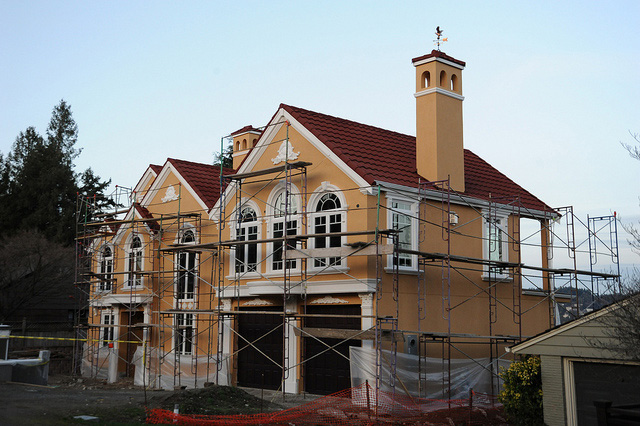Economy Watch: IMF Says World Economy on Knife-Edge; Housing Starts in the Mire
The IMF released two reports, each describing how things could get worse in a hurry. According to the Census, housing starts dropped in August. And Bernanke has unveiled a new plan for short- and long-term T notes.
September 21, 2011
By Dees Stribling, Contributing Editor
The International Monetary Fund released two reports on Tuesday, each pointing to the nervous exhaustion of the world economy and describing how things could get worse in a hurry. In the Fiscal Monitor, which the LMF publishes in April and September, the organization called for more action from the governments of the developed world to reduce both annual deficits and longer-term sovereign debt, and — just as importantly — do so in a way that investors and financial markets will believe.
The report also mentioned progress along those lines already, which is something not generally reported with any vigor (because bad news is always more interesting). According to the IMF, the average deficit for developed economies will be 6.7 percent of GDP in 2011, which is 0.4 percent lower than it forecast in the April 2011 report. The United States, for its part, will see its annual deficit fall to 9.6 percent of GDP in 2001, a percentage point lower than projected in April, due to increased revenues and expenditure cuts.
The IMF also released its World Economic Outlook on Tuesday. The takeaway is that the world is now in a dangerous period, economically speaking. The organization’s suggestion for Europe, in layman’s terms: Get your act together now.
Housing Starts Still Mired on the Bottom
According to the U.S. Census Bureau on Tuesday, housing starts dropped in August to an annualized rate of 571,000 units, which represents a 5 percent month-over-month contraction. Economists had predicted a few more starts than that, or a rate of about 590,000 in a Reuters poll, but it was not to be. Besides the all-around lousy demand for new houses, the physical turmoil created by Hurricane Irene help drive construction volume down.
Single-family homes construction was down 1.4 percent, while the more volatile multifamily sector saw starts dropped 12.4 percent. The hurricane got some of the blame that the multifamily slowdown, too. Moreover, compared with last August, new residential construction is down almost 6 percent. “Bouncing along the bottom” does indeed seem to be the best way to describe the market.
Yet there was a small glimmer — not of hope, precisely, but maybe of a lightening of the gloom — in the fact building permits rose 3.2 percent month-over-month in August. Year-over-year, permits are up nearly 8 percent. Permits aren’t an ironclad indicator of future activity, but they do point in that direction. For the housing market, it’s better than nothing.
Bernanke Does the Twist?
The lexicon of the Great Recession, which includes TARP, the Tea Party and robo-signing, among other new terms, now has the Twist — provided the Federal Reserve does as it’s expected to do on Wednesday, which is the second day of the Federal Open Market Committee meeting. The gist of the Twist is for the central bank to unload short-term Treasuries and buy long-term ones, with the goal of lowering interest rates on mortgages, cars and other major purchases.
Will it work? According to historians of monetary policy, the Fed tried this maneuver 50 years ago, to little effect. Still, the markets seem to be waiting for word from Ben Bernanke on the Fed policy now that the world economy seems to be on a tight wire, one side ice and one side fire.
Wall Street had a nearly break-even day on Tuesday, something it hasn’t seen much among its recent gyrations. The Dow Jones Industrial Average gained 7.65 points, or a scant 0.07 percent. The S&P 500 lost 0.17 percent and the Nasdaq was down 0.86 percent.








You must be logged in to post a comment.